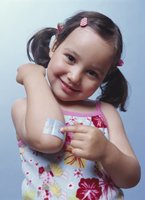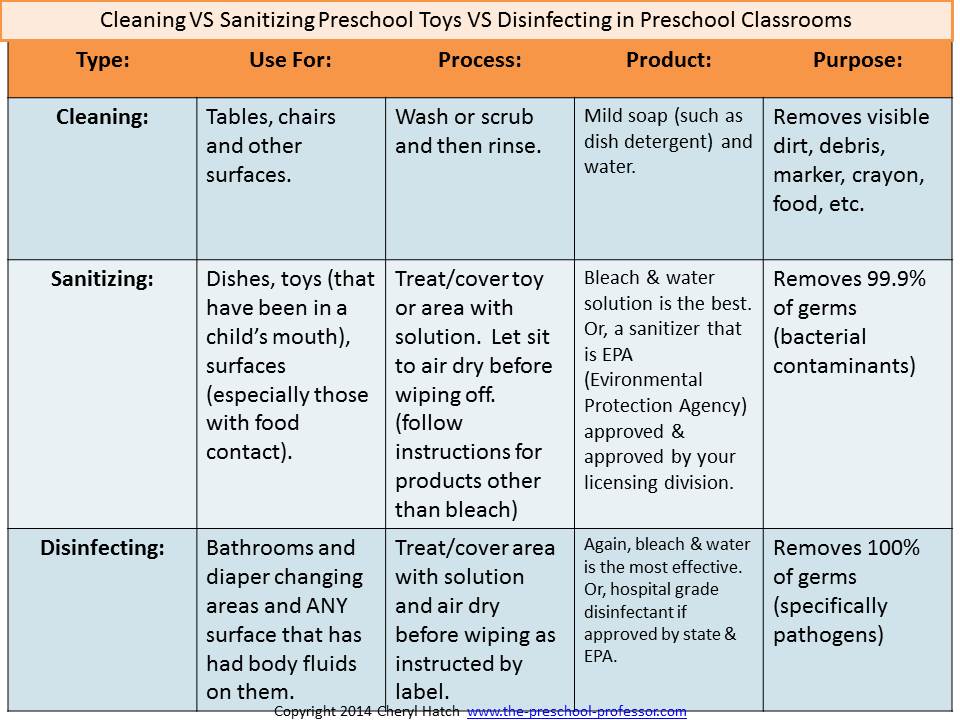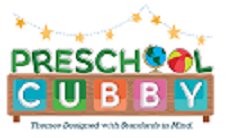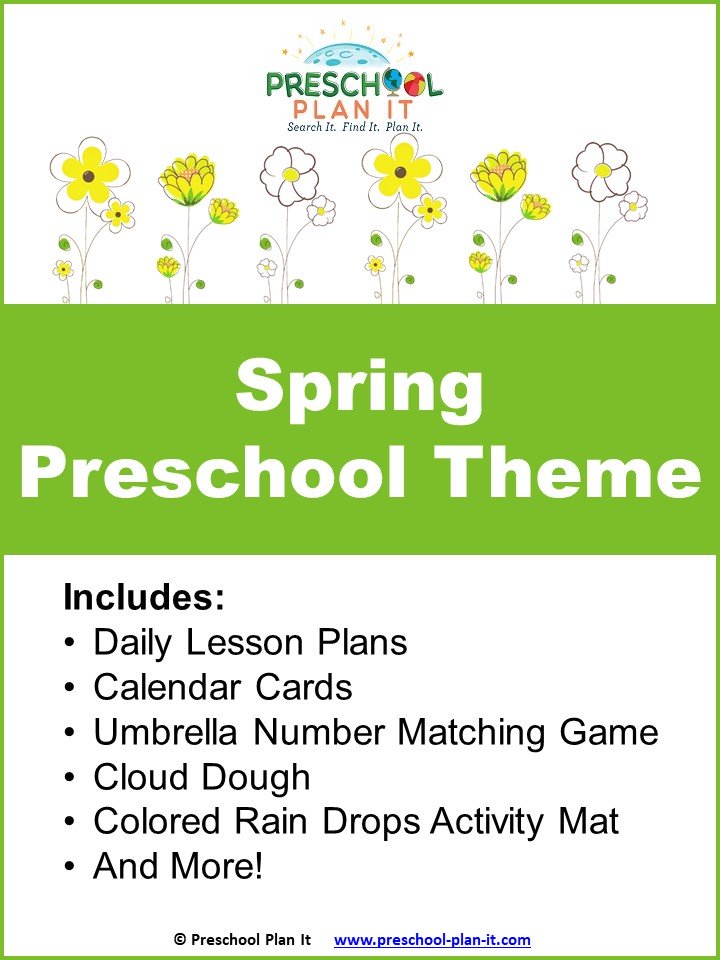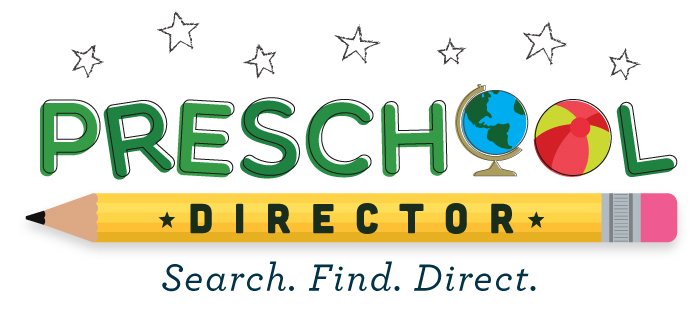Preschool Safety in the Classroom
"Does our teacher make certain preschool safety is a top priority in her classroom?"
When dropping their child off at school, every parent wants to leave knowing that their child is safe. It is every parent’s worse nightmare to get the dreaded phone call telling them their child was just hurt. Thankfully, in this day and age, preschools and daycares are taking extra measures to ensure each child remains safe and unharmed while at school.
Obviously, no child can go through every day completely unscathed. There will be times where they will trip and scrape their knee or bump into a table and get a bruise. These are all normal incidents.
As teachers, there are several measures you can take to prevent these injuries. Enforcing classroom rules, room arrangement and constant supervision are three very important ways to avoid injury.
Preschool Safety Rules and Routines
Every child benefits greatly from having classroom rules and routines. Not only does it teach them how to fit in to society, but rules and routines also keep the children safe. Many teachers have the obvious rules such as no hitting or hurting our friends, no running inside, etc. The key is to make sure these rules are enforced consistently.
Children need to learn how to express their feelings in non-physical ways. As teachers, we need to make sure children know the words they can use to help them in a difficult situation. Otherwise, they will express their feelings through hitting, punching, kicking and biting.
Making sure children know that running inside can be dangerous is also important. Remind them to always use their walking feet so they will not trip and fall.
Preschool Safety in the Room Design
Room arrangement is another way to ensure preschool safety. When there are big obstacles that children need to get around in a high traffic area, many accidents can occur. If there are big pieces of furniture sticking out, tripping and bumping will happen frequently.
Teachers also need to clean up spills immediately. Having your art easel across the room from the sink, for example, is an accident waiting to happen. We teach children to be independent and to clean up after themselves. So when they want to clean off the paintbrushes or other art supplies, they will know to use the sink.
However, if the sink is quite a bit away, chances are great that there will be plenty of drips happening. This will then lead to slipping. Doing these little things to your room arrangement can go a long way to establishing preschool safety.
Also, while you are looking over your room arrangement, take the time to check out the toys and furniture. Check for broken pieces, jagged edges or anything else that could have the potential to harm children. Throw them away or get them fixed.
Obviously it can be almost impossible to constantly have your eyes on all your children all of the time. But there are ways to allow for continuous supervision. One way is to see if there are any “blind spots” in your room. Blind spots are places where children can hide. This is where having a good room arrangement would come in handy!
Supervision for Preschool Safety
Another way of maintaining good supervision is to know how many children you have---at all times! You should keep an attendance record if you do not already. This daily record should go everywhere with you during the day--to the gym, outside to play or on field trips.
I am the queen of minute-ly head counts...okay, not that often. But seriously, it is important to know where your children are at all times. This may sound obvious. You may be giving yourself a face-palm wondering, is she serious? I am.
Children are distracted easily.....by a ball, a butterfly or a friend walking down the hall. They are not "leaving the school" so they don't see leaving the classroom to see a friend that big of a deal.
Set up rules about leaving the classroom. My rules has always been that we ONLY leave the room WITH a teacher or their own parent.
Additionally, it would be a great idea to do a head count every hour or so. Find a time that works best for you. I found doing a role call before going outside and before coming back in was very beneficial. We typically count the group AS a group! "Boys and girls, let's count and make sure everyone is here!" and then count away! Always knowing which children are with you on a daily basis is crucial to preschool safety.
Continual supervision not only allows for you to know where all the children are and what they are doing, but it also allows you to anticipate when trouble arises. This can help you to step in when there is a conflict between children to avoid the hitting and kicking that is sure to follow an argument!
Regardless of all the preventative measures you can take, there will still be times when children will be hurt. Ensuring that all teachers are CPR and First Aid certified is incredibly important in every school and daycare.
It is also important to have a First Aid kit in your classroom and to take that kit outside or on field trips. Your state licensing department will have a list of required items for your First Aid kit as well as items you should NOT have in your kit. If someone is not responsible for checking it, assign someone NOW! Check the supplies every 3 months to be sure you have what you need. I have a printed, laminated list in my kit so we know what should be in the kit.
Preventing Illness
I would be remiss if I didn't discuss those no good, terrible, horrible germs! A safe environment should include sanitation as well!
The spread of illness is typically through sneezing and coughing in places where people are together in a large group.........like our classrooms!
I have an article with charts (including a cleaning schedule) and instructions for making cleaning solutions you should take a look at! You'll find the article and charts here.
Parent Communication
Communication with the parents is crucial, too. You, as a teacher, need to document the incident as soon as possible. Most centers have what are called accident or incident reports to fill that are required by state licensing to fill out. Check with your director or your state licensing regulations.
These reports should be filled out for each and every incident.......even when just a band aid and TLC are needed. It is important for parents to know about each incident. What may seem like just a bump could turn into a swollen bruise by the time the child gets home. Let parents know what happened. Of course, if the accident is serious, contact the parent by telephone right away.
Most incident reports are reviewed by the parent at pick-up time. They read and sign the report. Make a copy for the parent to have and keep the original in your program (we give ours to the director to be placed in the child's file and a copy of it placed in a state required incident log file).
Using Preschool Safety Reports for Planning and Training
Keeping a copy of the above mentioned safety, accident or incident reports can be extremely useful. Review the reports regularly (we read them over as a team every 3 months). Is there a pattern to the incidents such as times or locations? Look for patterns such as:
- Many accidents happen near the slide- Assign one staff member to always be at the slide.
- Many incidents happen between 3:00-3:30pm- Is this a staff change time? Is this when children are cleaning up and getting ready to go outside? Find out what is happening during that time and address it.
- Many incidents happen in the Dramatic Play Area- Is the area too large? Are there too many children in the area at one time? Is there a throw carpet or pillow that they are tripping over?
- The majority of accidents happen during specific span of hours (such as 6-9 or 12-3 or 3-6)- Meet with the staff who work during those hours. Review the reports with them and brainstorm reasons for incidents and solutions.
Yes, accidents happen. But there are several steps you can take to keep preschool safety a top priority. The fewer accidents that occur, the happier the children and the parents will be. And ultimately that can pave the way for more success and fun in school!
